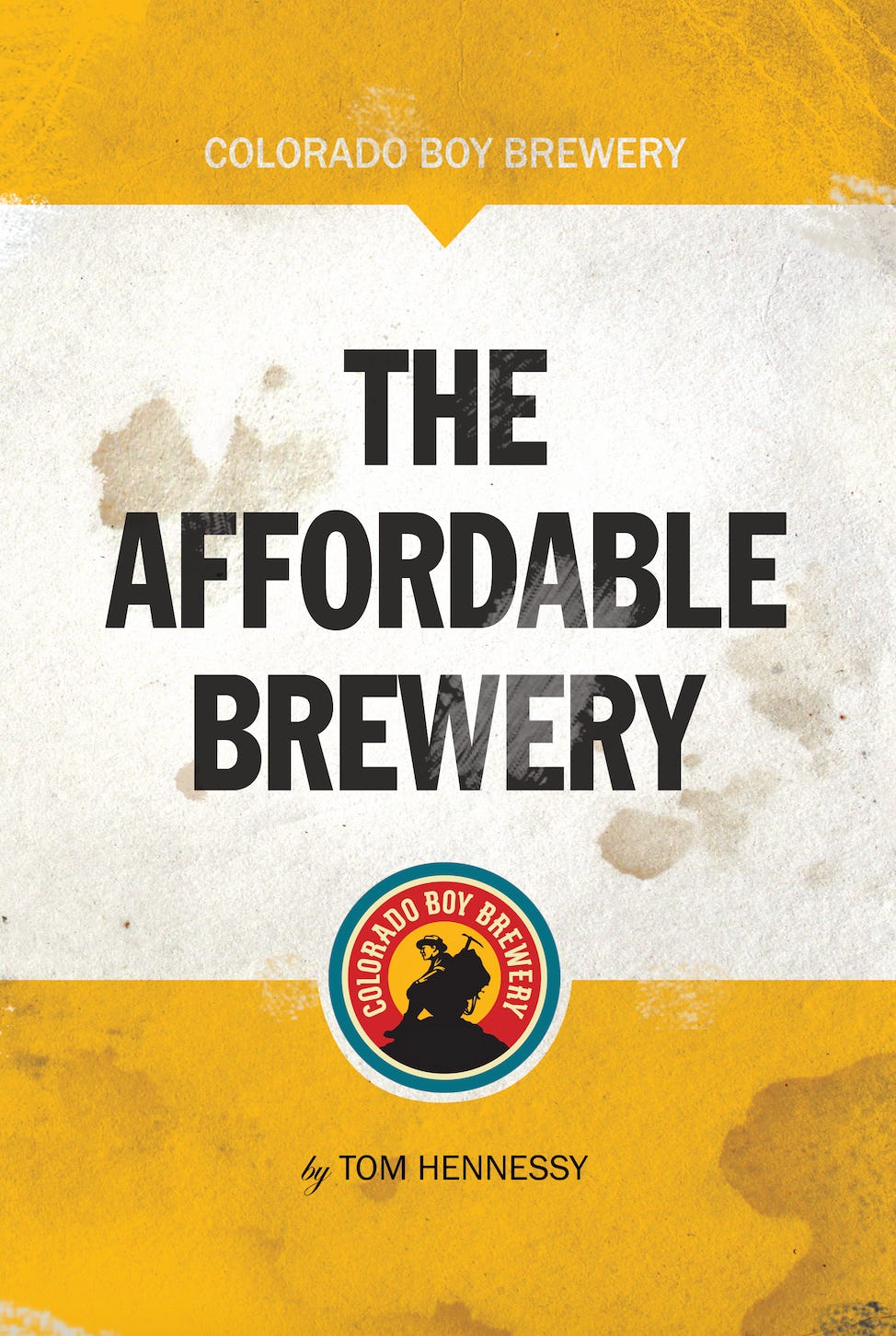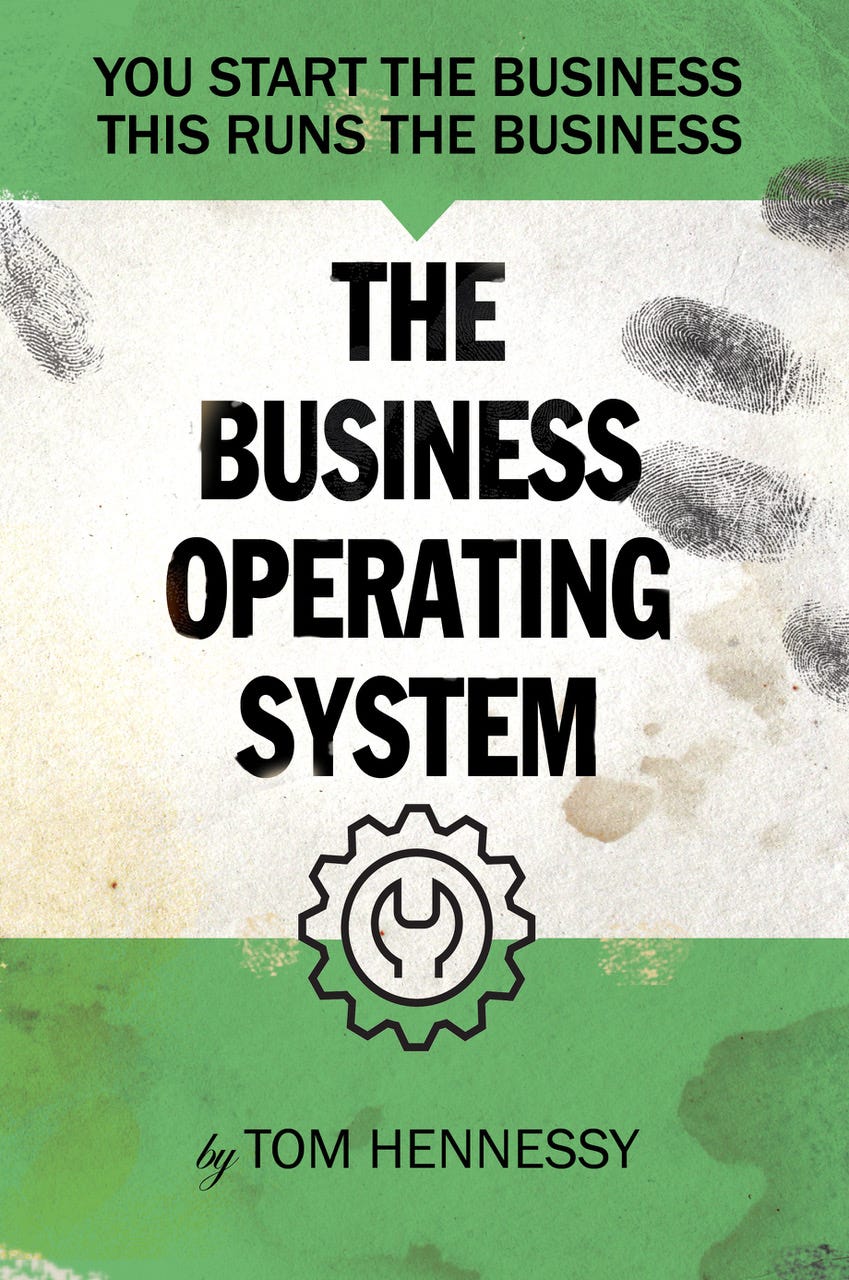A Cool Layout
I thought this week I’d write about something really practical in brewing: How to set up your cold room for efficiency and savings (space and money).
There are many paths to laying out a good, functional brewing set up but here is the way I always do it.
First off, I want to minimize keg use. This is simply because kegs are heavy and they take up so much room. Not only that, but it’s more involved cleaning each individual keg, unless you have a $30,000 automatic keg cleaning machine. Oh, and one more thing; a keg holds about 120 pints, so on any busy night the bartender has to go in the cold room and wrestle with kegs to tap new ones - typically spraying themselves and the room. Ask me how I know this.
Instead
Just use non-jacketed serving tanks. A 7 BBL serving tank is about 44” in diameter. The tanks can sit right next to each other. Also, each tank will hold 14 kegs, in a hell of a lot less room. You can also clean one tank faster than 14 kegs. Plus there is no lifting kegs and no need for the poor bartender to go in the cold room hunting for the proper keg to be changed.
As for placement
If your space allows it, position the cold room that has the serving tanks on the other side of the wall, floor, or ceiling of the bar itself. I particularly like right behind the bar - recognizing that this isn’t always possible. If the cold room is right behind the bar, put a window behind the bar so your customers can see those shiny stainless steel tanks!
Here’s the reason I prefer this set up. Actually two reasons: First, you can tap the tanks right through the wall, which makes for a short beer line run. This means you don’t need an expensive glycol chiller and trunk line to run the beer lines to the taps from another room. Second, the longer the beer line, the more beer you waste every time you clean a beer line. Again, ask me how I know this. In Montrose the beer cooler and serving tanks are about 15 feet away from the taps, so we need a glycol chiller and line. We have 10 taps, and lose about 2 to 3 pints of beer every time we clean a line. We do that every two weeks. So, conservatively if we only lost two pints, times ten, times twenty six (every two weeks) that comes out to 520 pints of beer wasted. We sell our beer at $6 per pint so that’s like $3,120 in lost revenue.
Having the cold room right below your taps works just as well. I had a brewery in Colorado Springs, and had 12 serving tanks right under the bar. That was a sweet set up. In Ridgway the cooler is right behind the bar, and it is chilled with a Coolbot, so really, a super inexpensive way to set your beer up.
I first got this idea when I was dragging poor Sandy around to brewpubs, doing my research in the early 90’s. We went to Deschutes Brewery, which back then was just a 10 BBL brewpub. The serving tanks were right behind the bar with a large double-pane window into the room so customers could see where their beer came from. I was smitten. I went on to build 7 breweries of my own, and most of them, when the buidling layout would work, always utilized this approach.
If you are in your planning stage, I suggest this very strongly. It won’t kill you if you don’t do it, but if you do, your life will be much easier and you can buy me a pint later!







